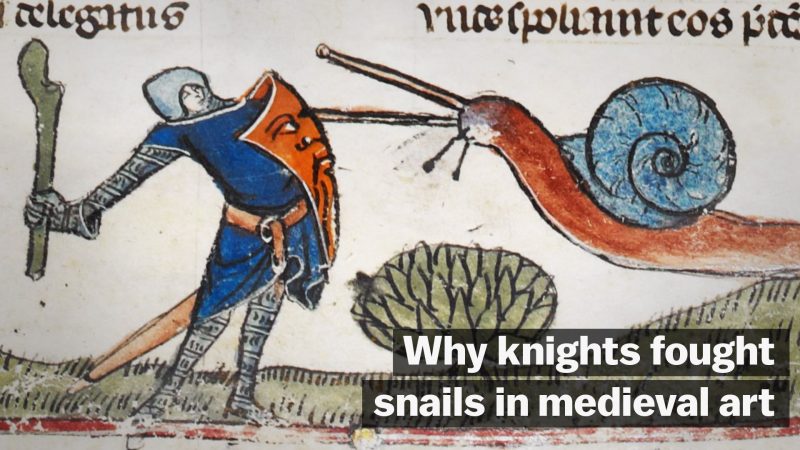
"Theories abound regarding why snails were often depicted as formidable foes in medieval manuscripts, with suggestions that they represented the rival Germanic Lombards who had invaded Italy."
"Lil­ian M. C. Randall's 1962 essay highlights approximately seventy incidents of combat between men and snails, providing a unique lens to understand historical conflicts."
"After Charlemagne's triumph over the Lombards in 772, their subsequent roles in usury and pawn-broking earned them widespread animosity and a reputation that deemed them cowardly and corrupt."
"While the noble pursuit of knighthood included grandeur, the reality often involved battling unexpected or trivial opponents such as snails, serving as symbols for deeper societal conflicts."
Knights in the medieval era were not only engaged in grand battles but often confronted unexpected foes like snails. The depiction of snails in 13th-century manuscripts signifies rivalries, particularly with the Germanic Lombards, who were historically defeated by Charlemagne. Lil­ian M. C. Randall's extensive research outlines around seventy instances of combat between men and snails, suggesting satirical reflections on societal conflicts. The Lombards' later association with usury contributed to their negative portrayal, further embedding them into the chivalric narrative as adversaries to knightly power and honor.
Read at Open Culture
Unable to calculate read time
Collection
[
|
...
]